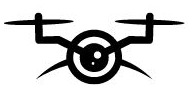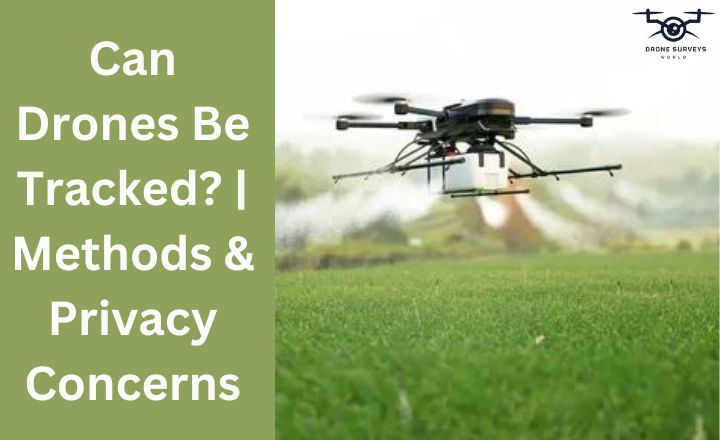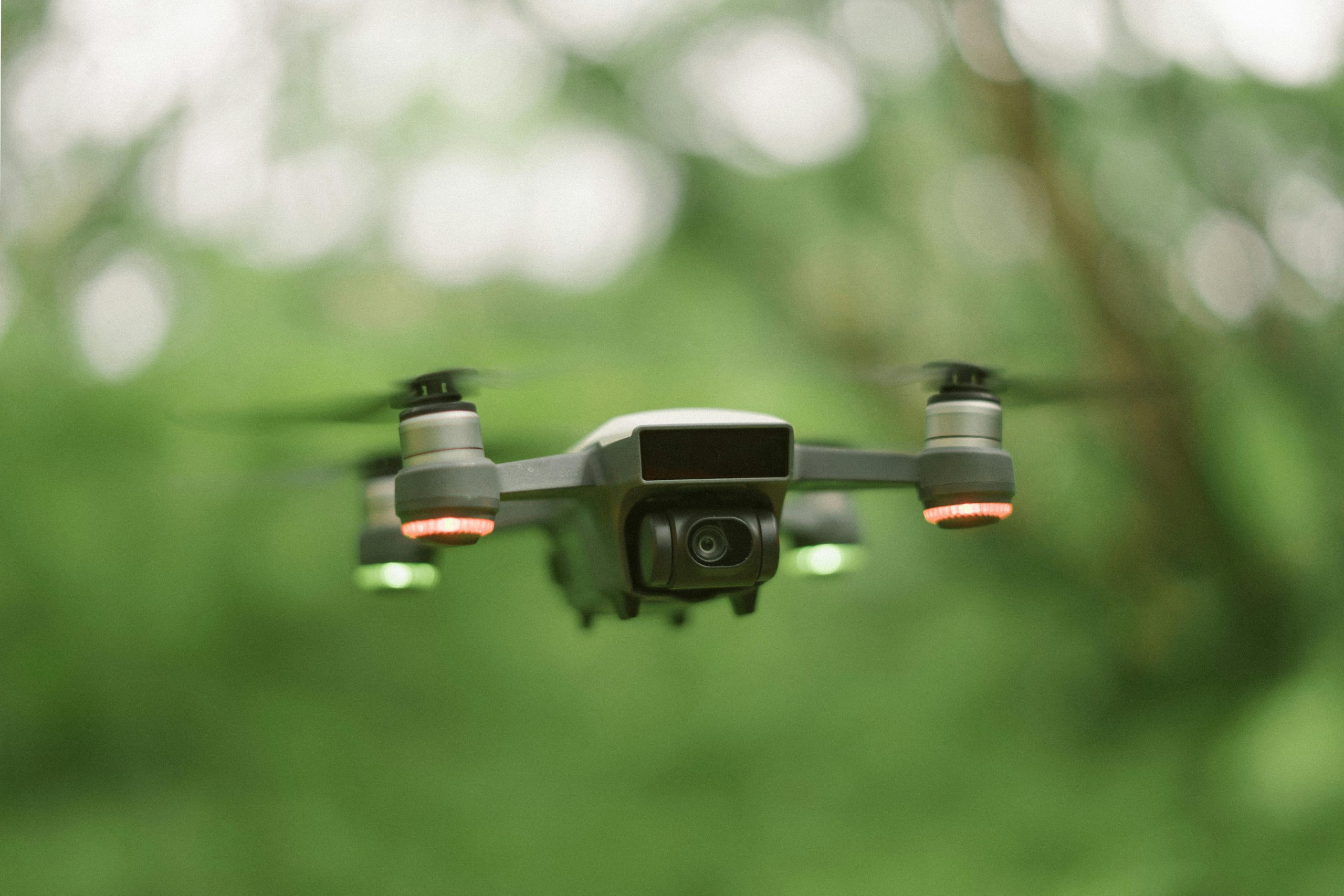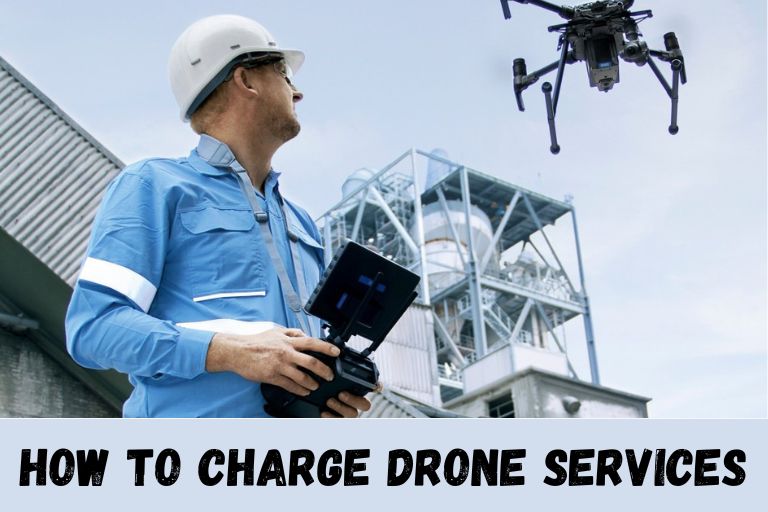Drones have become more popular, but drones are used based on their batteries. The drones with fewer batteries are cheap and fly for only ten minutes. If you want your drone to fly more, you have to check its battery. There are options available, but Lithium batteries are the most common battery used in drones.
Most Common Battery Used in Drones
The most common battery used in drones is Lithium batteries because they are light and have a lot of energy. This lets drones fly longer and carry more weight without losing performance. Lithium batteries also give a steady power supply, making drone flights smoother for operators.
Lithium batteries charge quickly, so drone pilots can recharge and fly again soon. They last a long time and can be charged and used many times before needing to be replaced. Lithium batteries have improved drones by making them more efficient and adding new features for different uses.
Important Factors to Choose a Drone Battery
Choosing the right drone battery types is an important decision that can significantly impact the performance and longevity of your drone.
High Energy Density
Among the various types of batteries used in drones, LiPo batteries stand out as clear winners for their high energy density. Compared to traditional nickel-cadmium (NiCd) or nickel-metal hydride (NiMH) batteries, LiPos offers a superior power-to-weight ratio and deliver longer flight times.
This makes them an ideal choice for drone enthusiasts looking for extended flying sessions without frequent recharging. This helps drones work well even as the battery gets low. LiPos can charge quickly and use power efficiently, giving drone pilots better control and longer flight times.
Voltage And Cell Configurations
The most common cell configurations for lithium batteries used in drones include single-cell (1S), 3-cell (3S), 4-cell (4S), and 6-cell (6S) setups. Battery technology advancements allow drone enthusiasts to have longer flight times and better performance.
Higher voltage and more cells in batteries provide more power to drone motors, allowing for carrying heavier payloads and flying faster without sacrificing flight time. Different cell configurations give users the flexibility to choose a battery that fits their needs when flying drones.
Drone fans should understand lithium battery voltage and cell configurations. This impacts the drone’s flight duration and quality. Picking the correct battery is crucial for the best flying experience, taking into account factors like weight capacity and speed. Knowing these fundamentals helps drone users operate their devices effectively for longer flights and improved performance.
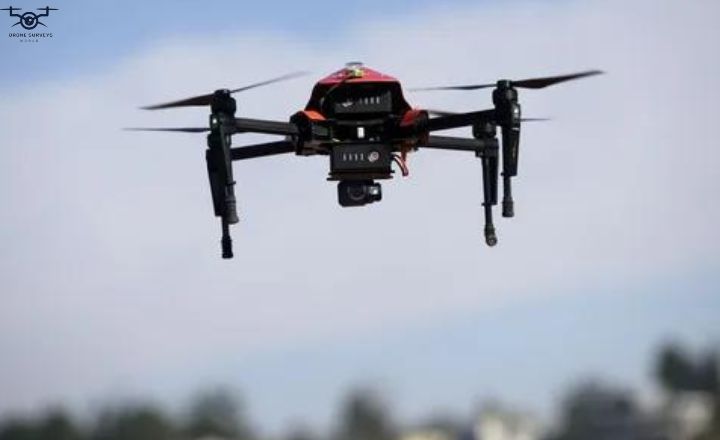
Flight Time
Many drone pilots like to use lithium polymer batteries because they are a good mix of capacity and weight, which helps drones stay in the air for a long time. Lithium batteries can make drones fly for 15 to 30 minutes continuously. This is better than older batteries like nickel-cadmium or nickel-metal hydride, which allow for shorter flights.
As technology gets better, lithium batteries will likely keep improving, letting drones fly longer and do more things. Their efficient power output is particularly beneficial when flying at a steady, moderate speed as they reduce energy consumption compared to other battery types.
C-Rating
This number impacts how much power your drone can use while flying. Opting for a battery with a higher C-rating than necessary can boost performance and extend flight times. Conversely, a lower C-rating may lead to reduced power and shorter flights.
By selecting the appropriate C-rating that matches your drone’s power requirements, you can ensure both the battery and your drone have a longer lifespan and perform effectively. Don’t forget to consider the C-rating when purchasing LiPo batteries in the future.
Weight
When picking a battery for your drone, it is important to find one that balances weight and performance. Lithium-ion or lithium polymer batteries can help your drone fly longer and stay nimble. Think about your needs and flying style to choose the right battery that will keep your drone light and powerful for uninterrupted flights.
When thinking about types of drone batteries weight, consider these three points:
Weight optimization: The use of lightweight batteries enhances your drone performance as compared to traditional batteries. These batteries also help drones to fly long-lasting flights and better control.
Battery weight reduction: Lightweight batteries do not drain too much power of a drone. A lighter battery does not put much burden on drones carrying unnecessary battery weights.
The balance between power and weight: If you are thinking of using lightweight battery then also make sure it fulfills the required power to perform. In this case, LiPo batteries are well balanced in power-to-weight ratio.
Charging Efficiency
Lithium batteries are known for their high energy density and long lifespan, lithium-ion batteries are lightweight and provide a reliable power source for drones. Their charging efficiency stems from the ability to hold a charge effectively, allowing drones to stay airborne for longer periods without needing frequent recharges.
Different factors also affect the charging efficiency of drone batteries. The extreme cold or extreme rise in temperature can affect the battery’s performance. The type of charger you use for the drone battery also has a huge impact on charging efficiency.
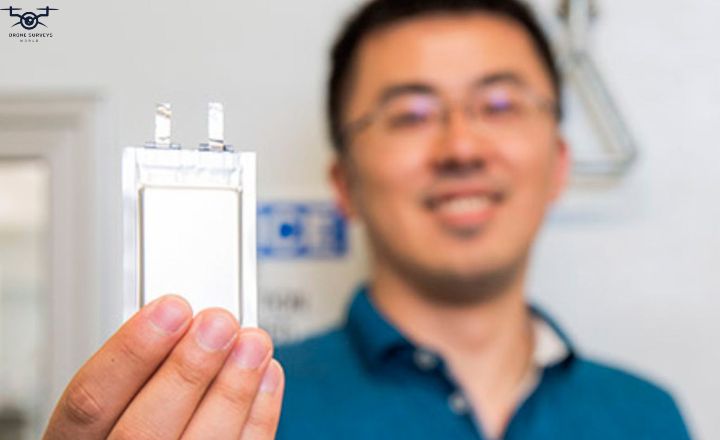
Storage Tips
- Store the battery in a dry and cool place.
- Charge by the recommended manufacturer’s charger.
- Do not overcharge or undercharge your battery.
- Try not to store the battery below 10% or fully charged.
- Place away from heat source and liquids.
- If you won’t use the drone for a while, remove the batteries and store them properly.
Conclusion
The most common battery used in drones is the lithium polymer (LiPo) battery. Its high energy density, lightweight construction, and ability to discharge quickly make it ideal for powering drones. Drone fans should keep up with the latest battery tech and use them safely. Think about getting a high-quality LiPo battery for your drone to make it fly better and last longer.
Frequently Asked Questions
Can I use any Type of Battery in my Drone?
It is recommended to use the specific type and size of battery that is compatible with your drone model for optimal performance and safety.
How do I Know When it’s Time to Replace my Drone Battery?
Signs that indicate it’s time to replace your drone battery include decreased flight time, swelling or bulging of the battery, and difficulty holding a charge.
Is it Important to Monitor the Voltage Levels of my Drone Batteries During Flight?
Monitoring the voltage levels of your drone batteries during flight is crucial to prevent sudden power loss and ensure a safe landing.
How should I Store my Drone Batteries when not in use?
Drone batteries should be stored at room temperature in a fireproof container with around 50% charge to prevent degradation.
